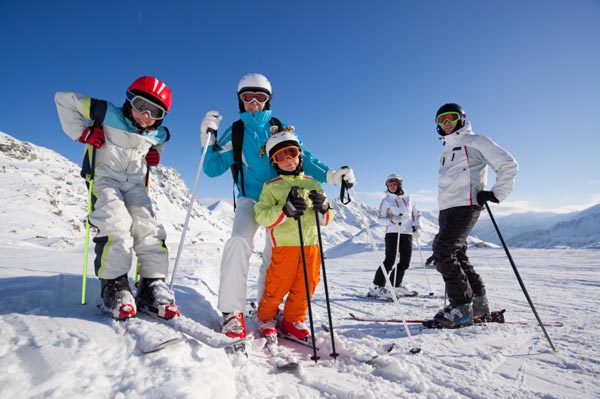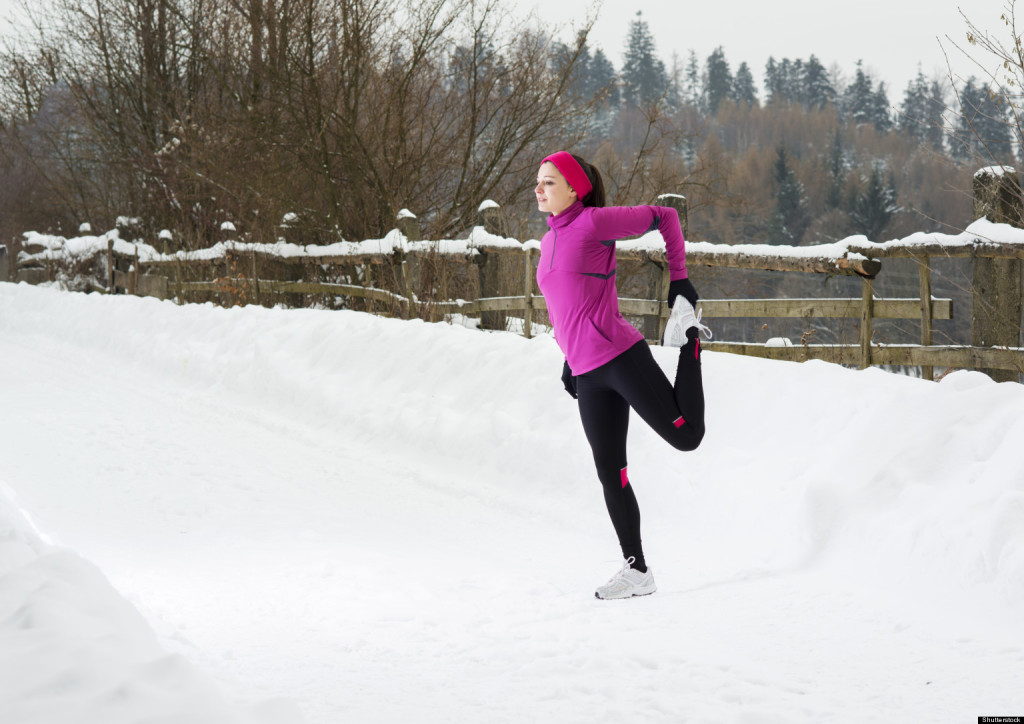Preparing for Winter Sports
It’s that time of year to begin thinking about and preparing for winter and winter sports…
Skiing, snowboarding, ice skating, ice hockey, and snow shoeing are some of the most popular activities that tend to start as we head into winter. If you don’t take the time to properly prepare the body for the stress placed on it during these activities (some more than others), then you are setting yourself up for muscle aches and soreness and also pre-disposing the body to injuries while participating in these winter sports.
Your preparation should include the following:
- Stretching and strengthening
- Preparing yourself and winter gear
Strengthening and Stretching
Many winter sports and activities use the strength and power of the lower body. The lower body holds the largest and strongest muscles, which many of us neglect all summer. Come first snowfall, we are out there on the mountain unable to participate to our full capacity because our legs become tired after two runs.
Strengthening your muscles before the season starts will also help prevent injury. Our joints endure a tremendous amount of pressure and instability in many winter activities. If we have strong muscles, ligaments and tendons surrounding the joints, there is less of a risk of injuring the joint. For example, many of us know of someone who has torn the ACL or meniscus in the knee while downhill skiing. This injury can be prevented if you have a strong quadriceps and hamstring muscles surrounding the knee joint because these muscles do not allow the knee to torque in a way that will tear those ligaments. Being strong going into your winter season of fun will also help with your recovery process. Many of us have woken up after a day of fun unable to hop out of bed. Muscles have memory and must practice to remember. They get used to the movement and the way they are required to fire to move properly. The more you do it, the easier it is and the less sore you are!
Strengthening: Snow Sport Circuit
- 10 min warm-up (running, cycling, cross trainer)
- 10 calf raises
- 10 push-ups
- 10 lunges on each leg
- 30 bicycle crunches
- 10 box jumps (or tuck jumps)
- 10 triceps dips
- 10 single leg squats on each leg
- 10 bridges
- Repeat 3 times
- 5 min cool-down
Stretching
Think of a top down approach:
- Neck and Shoulders
- Back and Sides
- Thigh and Extensors
- Gluteals and Hamstrings
- Lower Legs and Feet
Preparing Yourself and Winter Gear
- Be sure your diet is adapted to the physical activity.
- Drink lots of water and drink it often to avoid becoming dehydrated, which can be caused by physical exertion and the cold.
- Protect your’s and your children’s faces with sun block (adapted to your skin type) and renew its application throughout the day, even when it’s cloudy or overcast.
- Never leave without your sunglasses.
- Check weather, snow and ice conditions beforehand and dress, wax and sharpen accordingly.
- Wear a helmet!
- Maintain your chiropractic and other treatments!
Think about your body; it is the most important piece of equipment you have!



